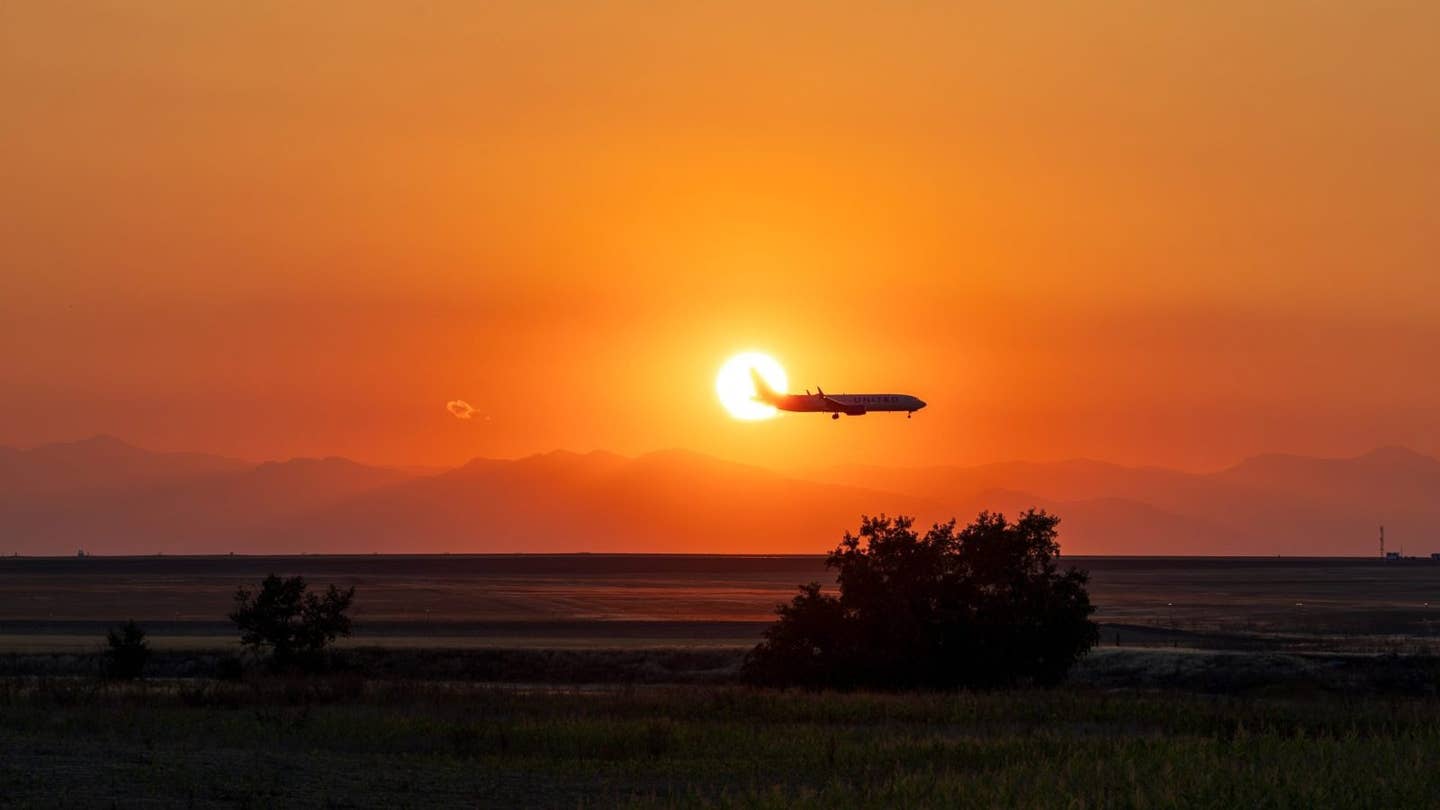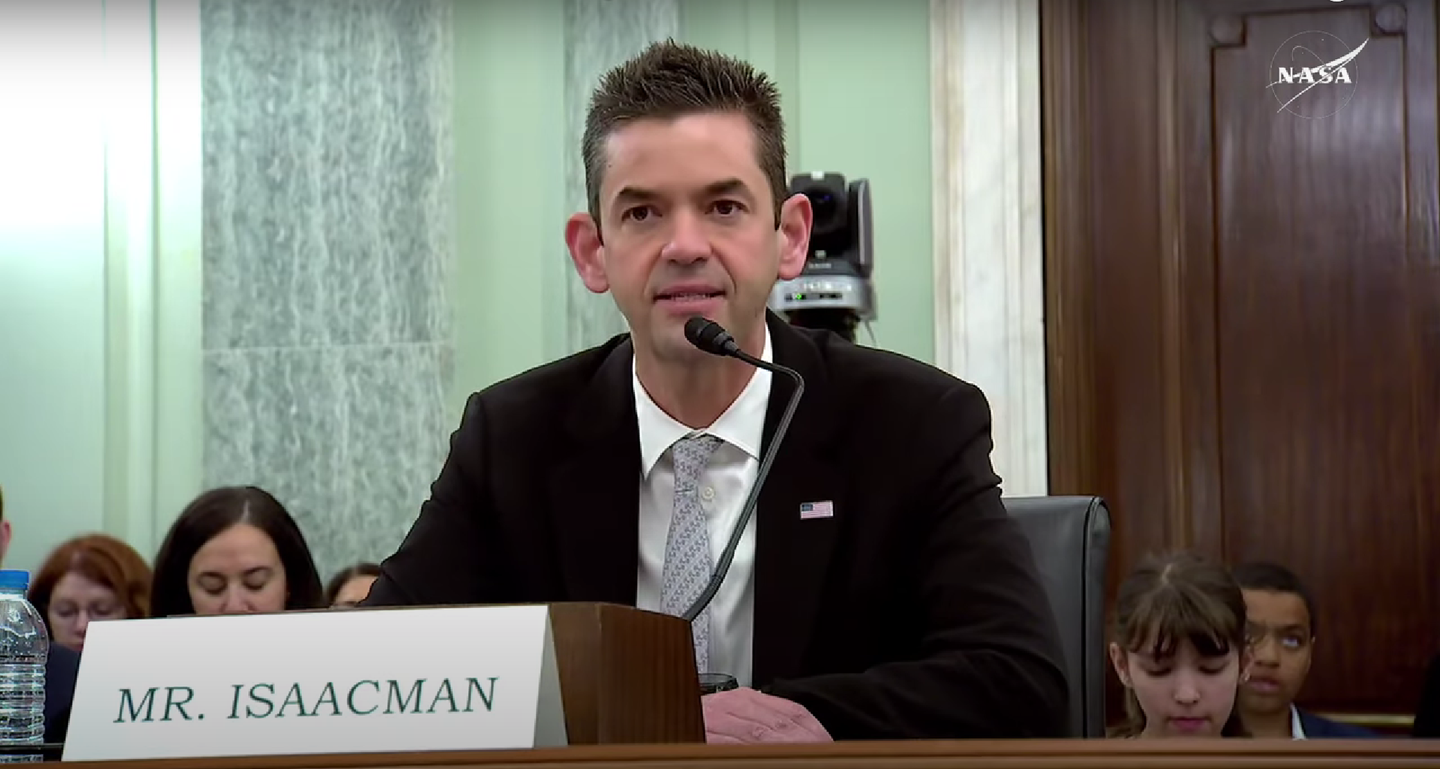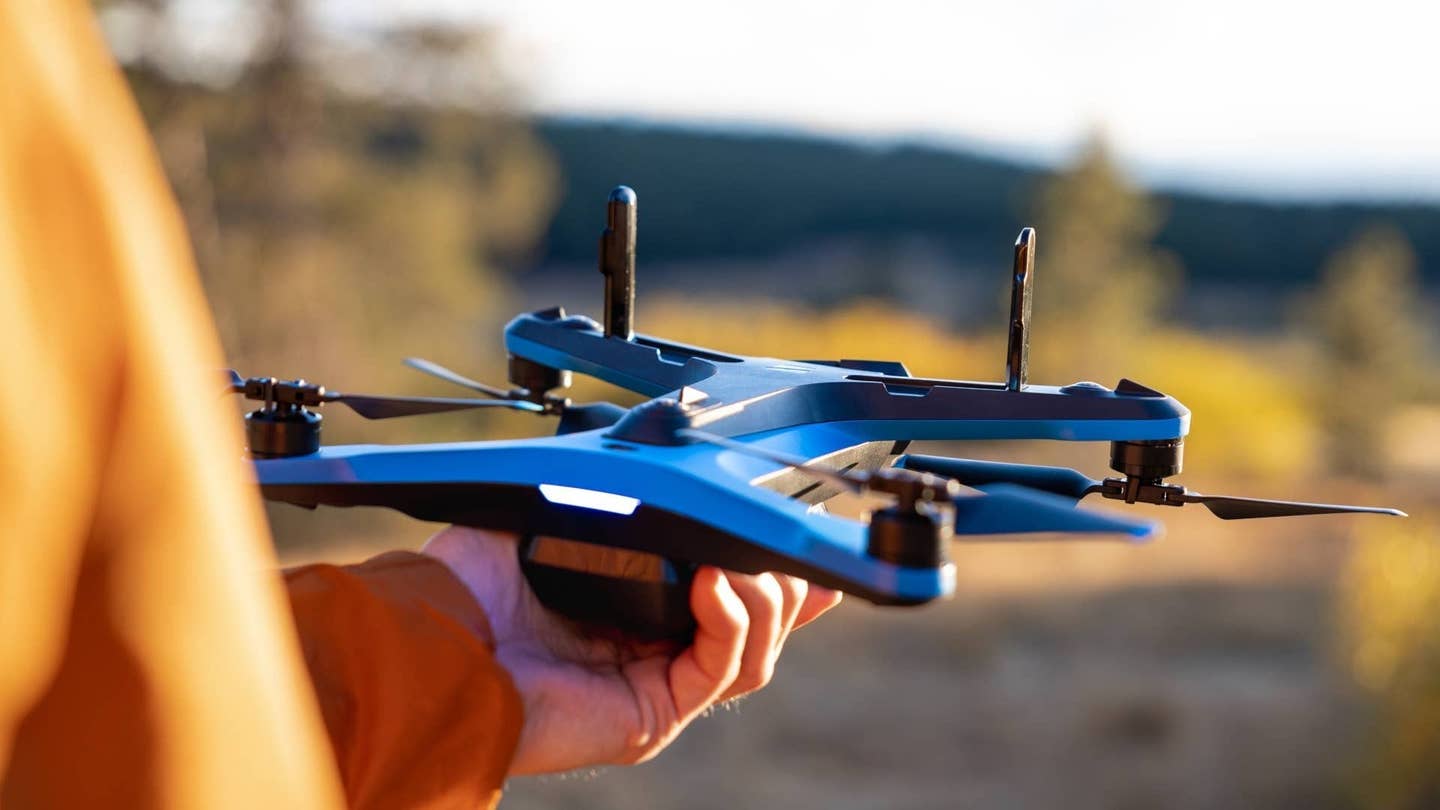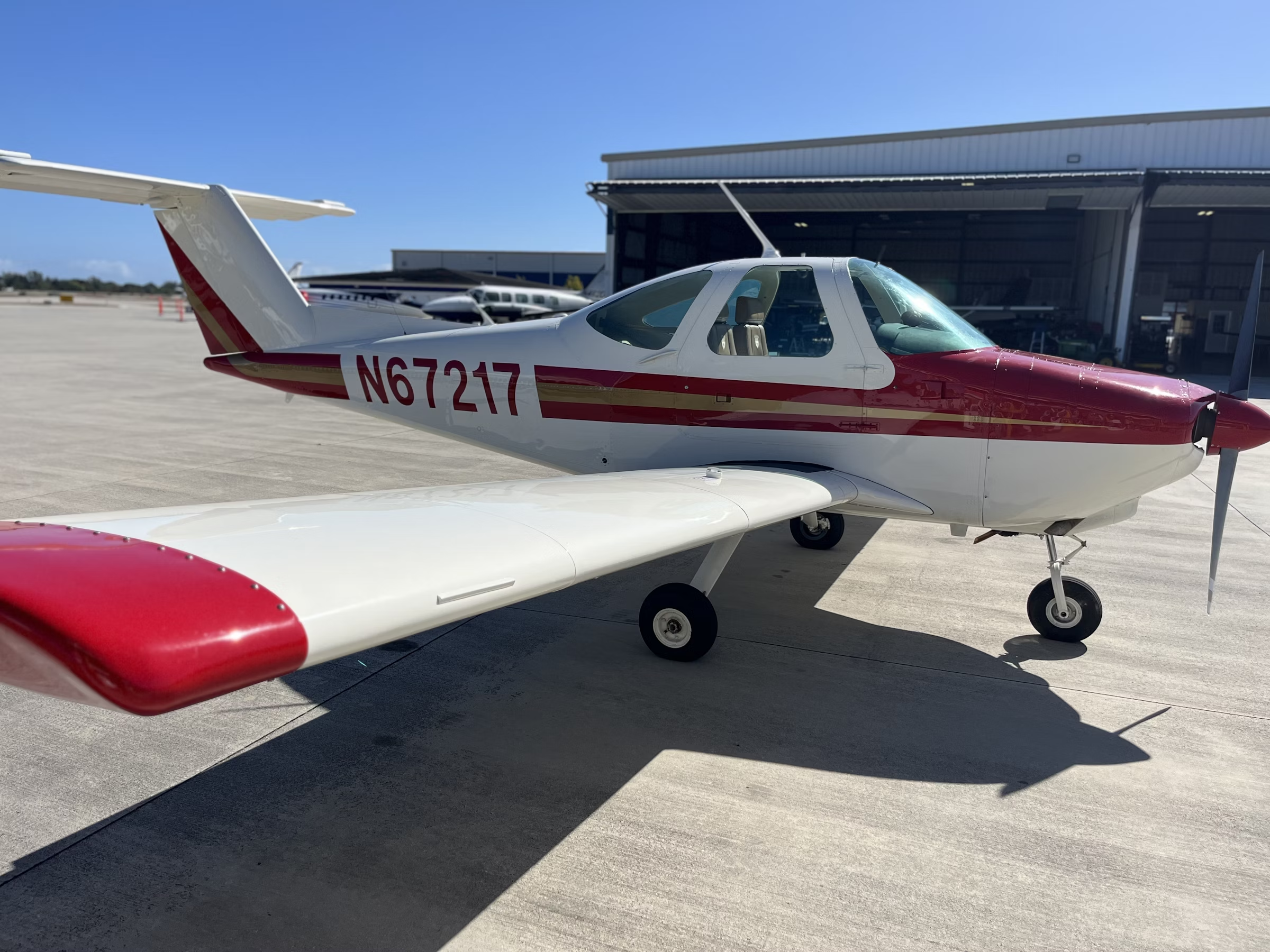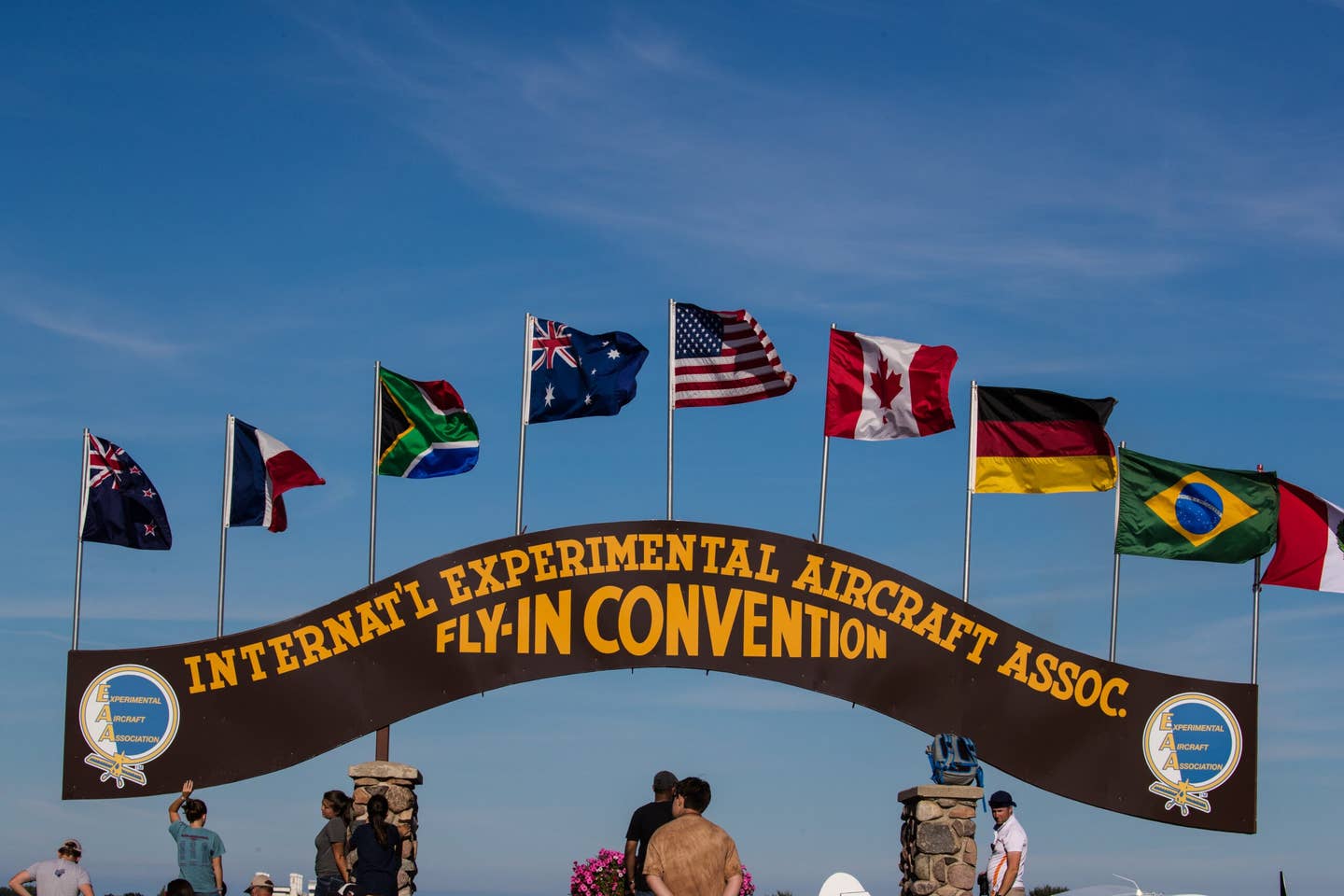Boeing’s Starliner Spacecraft Tops $2B in Losses
Company’s beleaguered human spaceflight program has now exceeded its NASA contract value by several billion dollars.

Boeing’s Starliner capsule undocks from the International Space Station (ISS) in September without the crew of its inaugural crew flight test (CFT). [Courtesy: NASA]
According to a new quarterly filing submitted to the Securities and Exchange Commission (SEC) by Boeing, the aerospace titan’s Starliner spaceflight program has now topped $2 billion in losses.
The quarterly 10-K filing, published Monday, reflects a loss in 2024 of more than $500 million on the beleaguered Starliner program, which delivered two NASA astronauts to the International Space Station (ISS) but failed to bring them home. Boeing has yet to announce when the spacecraft will fly next.
Starliner lifted off for the ISS with astronauts Butch Wilmore and Suni Williams in June as part of the spacecraft’s inaugural crew flight test (CFT). The plan was for Wilmore and Williams to spend about eight days on the space station, after which Starliner would return them and complete the remaining steps to be certified for commercial crew rotation missions.
NASA in 2014 awarded contracts to SpaceX and Boeing—whose arrangement is now worth $4.6 billion—to carry out those missions. So far, SpaceX’s Crew Dragon has flown nine, and Starliner zero. The companies are on the hook for any costs that exceed their contract values, which in Boeing’s case is now over $2 billion.
The CFT was intended to be Starliner’s final flight before certification. But a litany of issues during the mission—including helium leaks and faulty thrusters—have thrown a wrench in those plans. NASA, despite Boeing’s assurances, announced that SpaceX’s Dragon would bring Wilmore and Williams home, and Starliner flew back without crew in September. The timeline for their return is late March, though President Donald Trump last month urged SpaceX CEO Elon Musk to “go get” the astronauts. Wilmore and Williams are in good health and took a spacewalk together last week.
Had the CFT gone as planned, Starliner was expected to fly NASA’s tenth ISS crew rotation mission in January. The space agency is eyeing “windows of opportunity” for a potential Starliner cargo mission later this year. But neither NASA nor Boeing have committed to a firm timeline or mission profile for the next flight.
Helming the Starliner program as Boeing attempts to recoup its losses will be John Mulholland, who will replace Mark Nappi as program manager when Nappi retires this month. Mulholland previously led the project from 2011 to 2020, during which time several key decisions were made on Starliner’s design.
Alternatively, Boeing could sell the business. In October, The Wall Street Journal reported that the firm was looking to offload its space program, including Starliner.
Like this story? We think you'll also like the Future of FLYING newsletter sent every Thursday afternoon. Sign up now.

Sign-up for newsletters & special offers!
Get the latest FLYING stories & special offers delivered directly to your inbox

